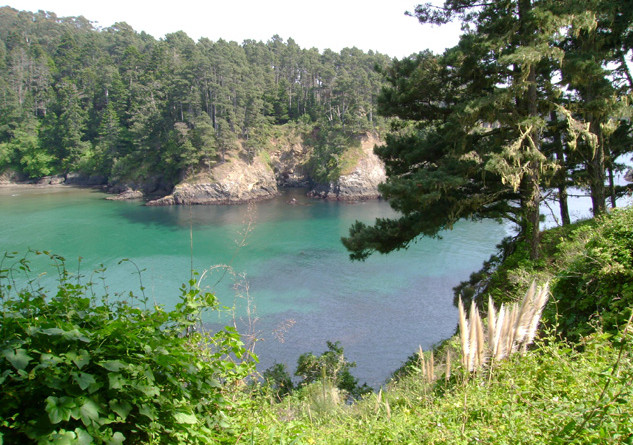Suzanne Potter / California News Service
A new study commissioned by Pew Charitable Trusts shows about $329 million pour into California’s economy each year from so-called “quiet” recreation on Bureau of Land Management-managed lands.
It said pursuits such as camping, fishing, hiking and hunting mean tourists spend $244 million directly within 50 miles of BLM lands, and wages and benefits for more than 2,600 workers account for another $97 million.
Kristin Lee, project director of ECONorthwest, the firm that conducted the study for Pew Charitable Trusts, said that when you crunch the numbers for 11 western states plus Alaska, the impact to the nation’s economy is considerable.
“We found $2.8 billion in total economic output,” she said. “We found $1.5 billion in value-added. We found $799 million in employee compensation, and almost 25,000 jobs.”
The study found that in 2014, tourists made 38 million visits to BLM lands across the West to enjoy non-motorized activities, or about 63 percent of all such visits.
Ken Rait, director of the U.S. Public Lands Program at Pew Charitable Trusts, said California’s Muir Woods and Devil’s Postpile, are just some of the huge draws for the state’s economy. He laments the more traditional view of BLM lands as places to be exploited for extractive industries, such as ranching, oil and gas, and mining.
“People visit Bureau of Land Management lands not to see pump jacks or open-pit mines,” he said. “Really, they visit to see the wide-open landscapes, to see incredible wildlife that populates these places; to go bird watching, to hunt, to fish.”
The study is the first of its kind to examine economic contributions in western states from non-motorized recreation on BLM-managed lands.
Support for this reporting comes from Pew Charitable Trusts.





